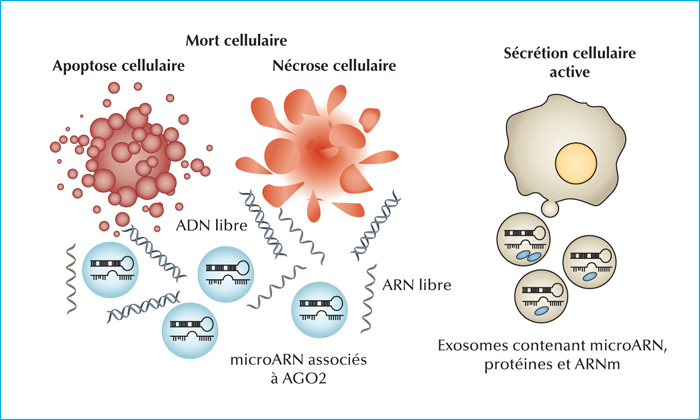Médecine de la Reproduction
MENUCirculating MicroRNAs and folliculogenesis: New approch for understanding dialog between follicular cells Volume 21, issue 2, Avril-Mai-Juin 2019
- Key words: microRNAs, follicular pool, folliculogenesis, ART
- DOI : 10.1684/mte.2019.0750
- Page(s) : 164-71
- Published in: 2019
The good progress of the folliculogenesis is fundamental for obtaining an oocyte capable of generating an embryo having a good implanting potential. During this follicular development, the oocyte has a special relationship with the cumulus cells surrounding it and with which it forms a cumulo-oocyte complex. A dialogue is thus established inside the follicle, thanks to communicating junctions and paracrine signals allowing the oocyte to control certain functions of the cumulus cells in order to ensure its own survival. This interaction is expressed by the expression of key genes, which are themselves regulated by short RNA fragments, about 19-25 nucleotides, called microRNAs. The identification of microRNAs involved in the intrafollicular dialogue should lead to obtaining non-invasive tests to assess the oocyte quality.
![]() This work is licensed under a
Creative Commons Attribution-NonCommercial-NoDerivatives 4.0 International License
This work is licensed under a
Creative Commons Attribution-NonCommercial-NoDerivatives 4.0 International License

